Summary
- Electric charges
- Coulomb's law
- Electric fields
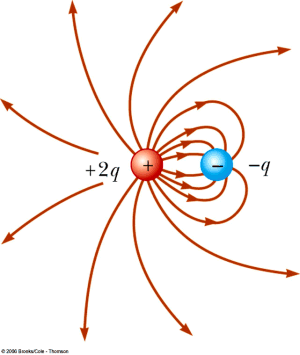
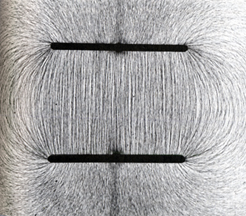
- Electric field
- continuous charge distributions
- line charge λ
- surface charge σ
- volume charge ρe
- Practice:
Try this additional example:
Example #4
- Prepare:
Read textbook sections 22.6, 23.1, and 23.2 before the next lecture
pop4 19.qq.5
Rank the magnitudes of the electric field at points A, B, and C in
the figure.
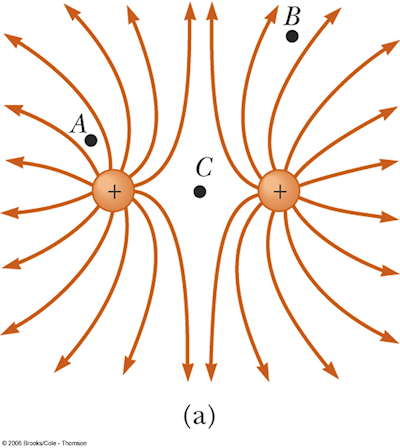
1. C > B > A
2. B = A > C
3. C > A = B
4. A > B > C
5. B > A > C
Answer
gc6 16.32
The electric field midway between two equal but opposite point charges is 745 N/C, and the distance between the charges is 16.0 cm. What is the magnitude of the charge on each?
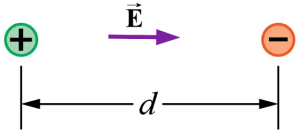
A. 3.31×10−9 C
B. 2.65×10−10 C
C. 4.14×10−6 C
D. 3.02×108 C
Answer
sb5 23.44
What field is required to stop electrons having energy 1.60×10−17 J in a distance of 10.0 cm?
A. 1.0 N/C
B. 10 N/C
C. 100 N/C
D. 1000 N/C
Answer
Walker5e EYU 19.5
The electric field lines for a system of two charges is shown below. Which of the following could be the
correct charges 1 and 2?
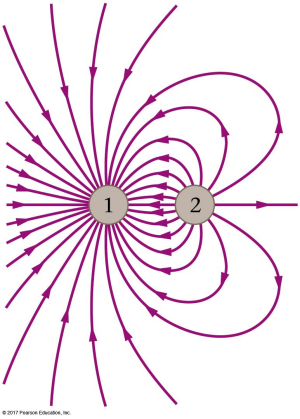
A. q1 = +32 µC, q2 = −16 µC
B. q1 = −32 µC, q2 = +16 µC
C. q1 = −16 µC, q2 = +32 µC
D. q1 = −16 µC, q2 = −32 µC
Answer
4. A > B > C
The field is strongest where the lines are most closely spaced.
B. 2.65×10−10 C

D. 1000 N/C

B. q1 = −32 µC, q2 = +16 µC

The electric field lines converge toward charge 1 and away from 2, which means
charge 1 is negative and charge 2 is positive. Because there are twice as many lines connected to charge 1 as there
are connected to charge 2, the magnitude of q1 must be twice the magnitude of q2.







